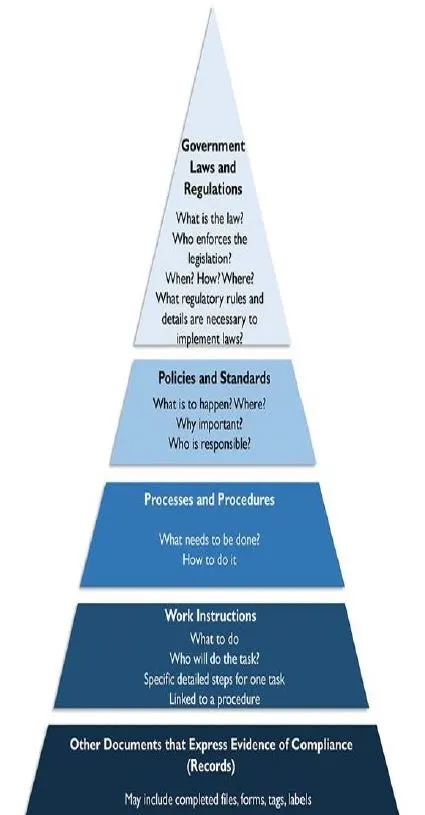Understanding Record Management in the Context of Data Governance
Records Management includes the full lifecycle: from record creation or receipt through processing, distribution, organization, and retrieval, to disposition. Records can be physical (e.g., documents, memos, contracts, reports, or microfiche); electronic (e.g., email content, attachments, and instant messaging); content on a website; documents on all types of media and hardware; and data captured in databases of all kinds. Hybrid records, such as aperture cards (paper records with a microfiche window embedded with details or supporting material), combine formats. A Vital Record is a type of record required to resume an organization’s operations in the event of a disaster.
Ensuring Trustworthy Records for Regulatory Compliance and Business Continuity
Trustworthy records are important not only for record-keeping but also for regulatory compliance. Having signatures on the record contributes to a record’s integrity. Other integrity actions include verification of the event (i.e., witnessing in real time) and double-checking the information after the event.
Key Characteristics of Effective Document Retention and Record Structure
Well-prepared records have characteristics such as:
- Content: Content must be accurate, complete, and truthful.
- Context: Descriptive information (Metadata) about the record’s creator, date of creation, or relationship to other records should be collected, structured, and maintained with the record at the time of record creation.
- Timeliness: A record should be created promptly after the event, action, or decision occurs.
- Permanency: Once they are designated as records, records cannot be changed for the legal length of their existence.
- Structure: The appearance and arrangement of a record’s content should be clear. They should be recorded on the correct forms or templates. Content should be legible, terminology should be used consistently.
Reference: ISO 9001-4.2


